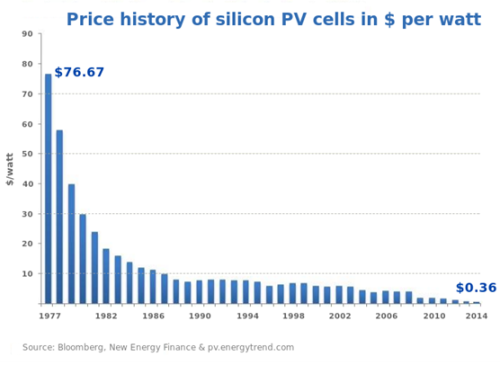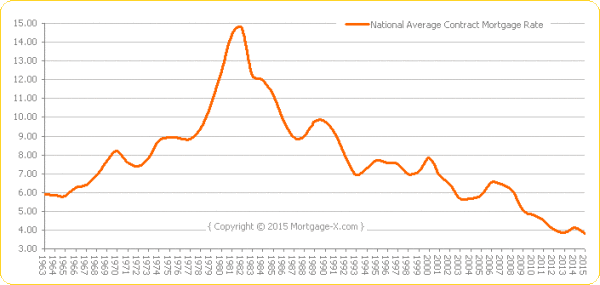Last night my son drove me out to the east end of long island where we have a packed day of meetings on some family business today.
As we hit the long island expressway, I got on my phone and started DJing and we got into a zone.
As the traffic thinned out, we started making great time.
At one point I looked over and Josh had his phone in his lap. I was about to go off on him about on not texting and driving (something I constantly harp on with our kids), but before the words left my mouth I realized he had Waze open in his lap.
Let’s just say Josh is not a fan of the speed limits on the LIE. And I know that on his last trip he got pulled over for going 70 mph.
I realized he was looking to avoid getting another speeding ticket. So instead of lacing into him about texting and driving, I asked where the radar detector was.
He said “its coming up in about a quarter mile.”
For the rest of the way out, we watched the traffic speed up and slow down as we passed various speed traps.
It seemed like everyone on the LIE last night was on Waze. Which would not surprise me.
Today Waze is mostly used for getting traffic and driving directions. That’s a use case most everyone who drives needs and wants.
But the original use case for Waze is the one Josh had landed on last night in his effort to avoid another speeding ticket on the LIE.
Which takes me to the point of this post.
If you want to bootstrap a peer to peer network, you can’t start with the mainstream use case. You need to start with the highest value use case, even if it is a much smaller niche.
Not everyone likes to drive 80mph in a 65mph zone. But the ones who do will take extra measures to avoid getting pulled over. They report the speed traps to everyone else in real time. Which is what the first users of Waze did.
That led to more people using Waze to avoid speed traps.
And eventually that led to enough critical mass that the mainstream use case of a peer to peer traffic monitoring/avoidance application was possible.
The same is true of Snapchat. People made fun of Snapchat in its early days for being a “sexting” app. That was the “high value niche use case” that bootstrapped the network. And once critical mass was reached, the broader use case of a network for ephemeral photo/video sharing could emerge.
So if you want to build a peer to peer network, you have to find the use case that is high enough value that some people will do things (like put content into your application) that most people won’t. If you nail that, and win the hearts and minds and activity of that small high value user base, then you will have to opportunity to go mainstream. If you aim for the mainstream users first, you are setting yourself up for failure.


